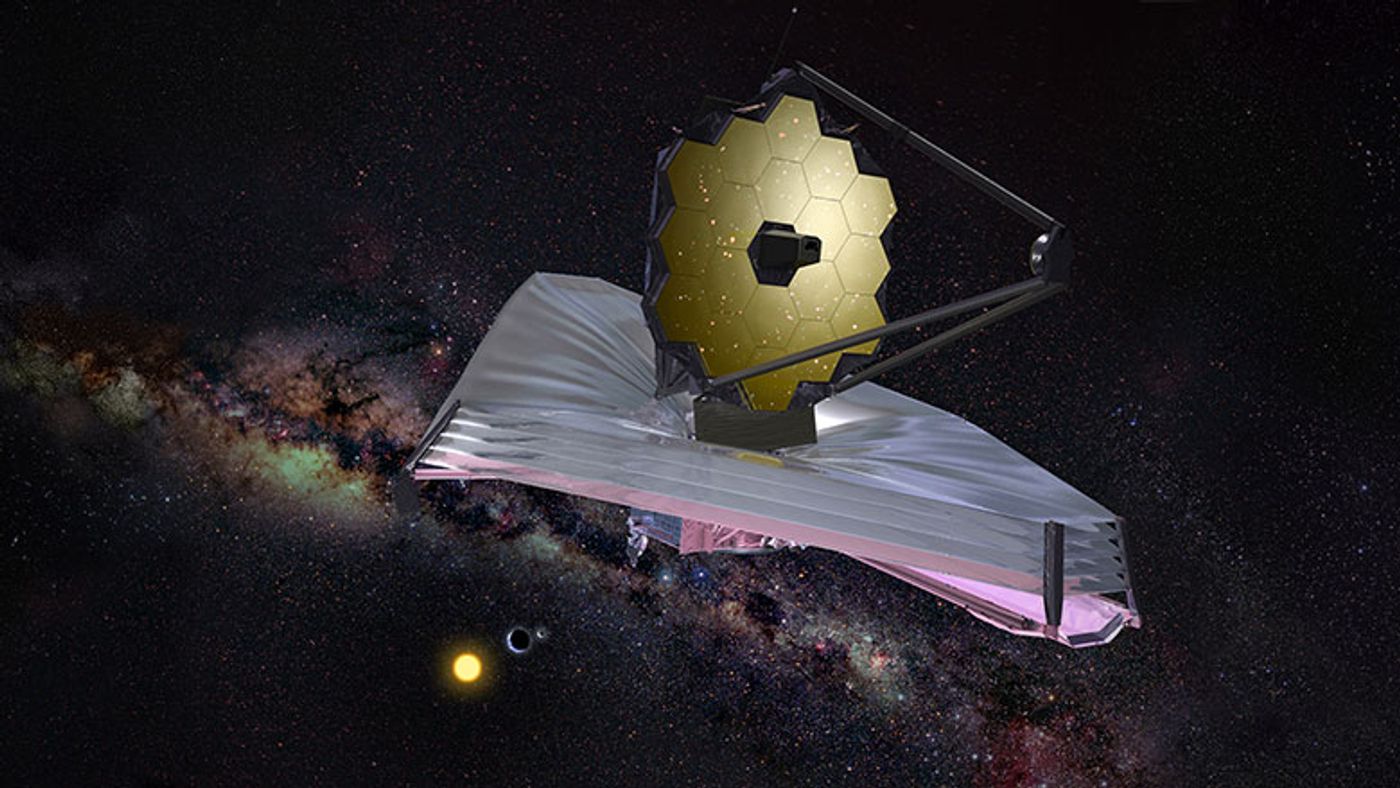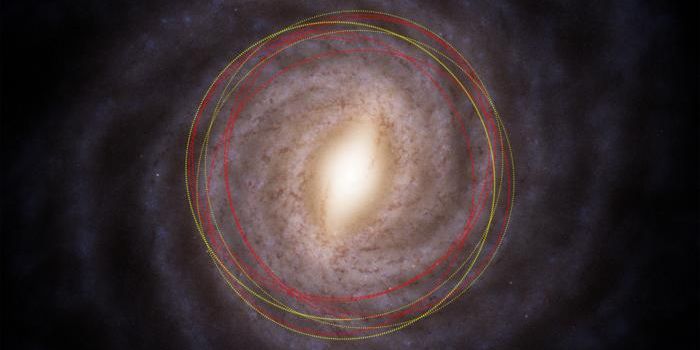More Components for the JWST Completed Ahead of 2018 Launch
NASA currently relies on the Hubble Space Telescope to observe the cosmos, but the next generation of space observation technology is underway.

Image Credit: JWST/STScI
Known as the James Webb Space Telescope, the new space observation tool has been under construction for years and is slated to be launched in 2018. As more components come together for the finished product, the tennis ball court-sized space telescope is getting closer to its completion goals.
The heart of the space telescope was completed some time ago, where it underwent cryogenic testing to ensure it could handle the hard space environment, but the heart alone isn't enough to have a working space telescope.
Now finished are both the primary mirror and the sun shielding layers.

Image Credit: JWST/STScI
The primary mirror is one of the most important parts of the space telescope, as it allows images to be captured and processed via the space telescope’s onboard computer center. There, digital processing will take place and then it will beam the images back to Earth for astronomers to look at.
There is a grand total of 18 hexagonal segments making up the huge 21.3-foot primary mirror of the James Webb Space Telescope, and each of them is made out of beryllium and coated in gold to make it possible to capture even the faintest glimmers of infrared light from deep space.
Those sun shields are important too, because they allow the space telescope to operate safely despite all of the powerful Sun rays that will bombard the unit as it performs its tasks. It prevents the heat from getting to the unit’s sensors and provides more accurate imagery.

Image Credit: Northrop Grumman/NASA
Each layer of the sun shield is explained by NASA to be as thin as a human hair. The five kapton sun shield layers are stacked on top of one another, and the heat is reduced from one layer to the next. It can make a difference by as much as 570º Fahrenheit between the hot side and the cold side of the James Webb Space Telescope.
Although the James Webb Space Telescope is as large as a tennis ball court, it will be folded like a nice piece of origami so it can fit onto a transport rocket. Once it reaches space in 2018, it will unfold and take its full size just beyond the Moon, where it will spend its days observing the universe.








